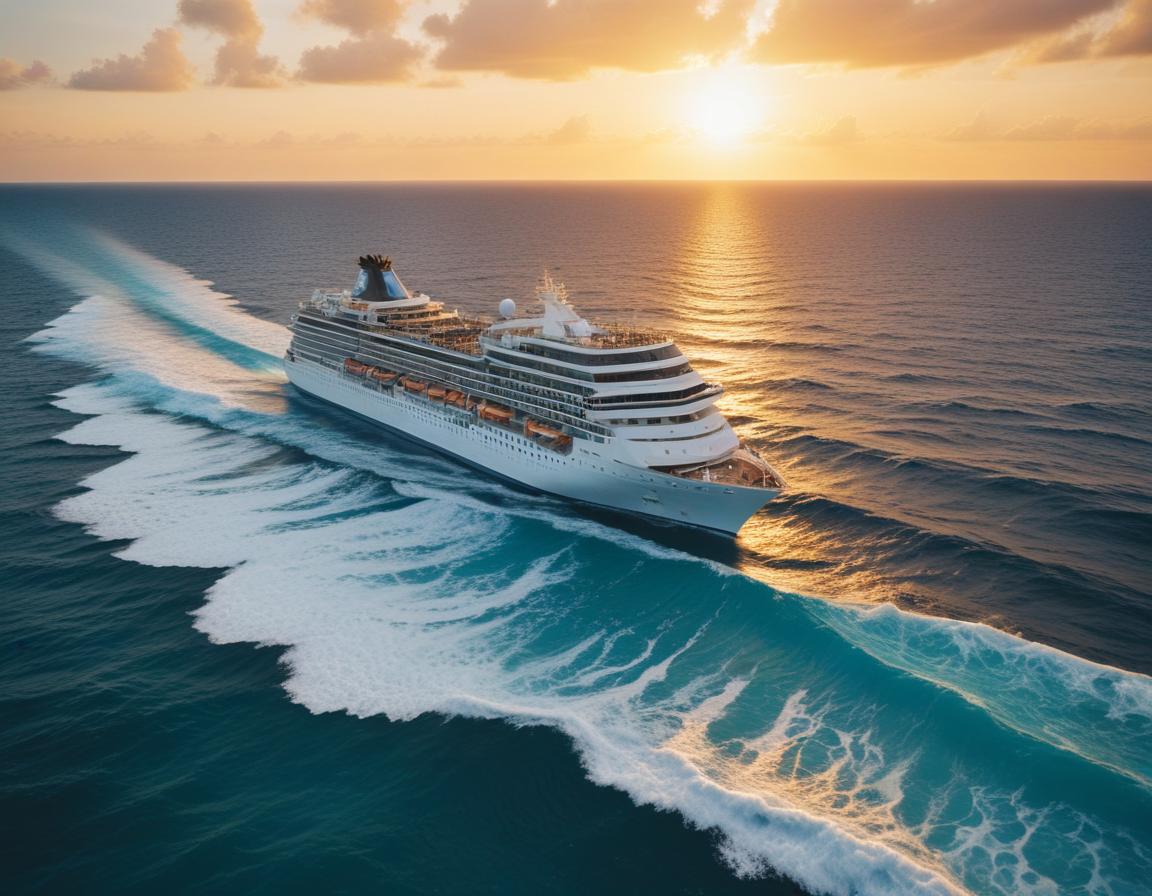The Americas and Caribbean are experiencing an unprecedented boom in cruise tourism, with countries like Mexico, Brazil, and the Bahamas leading the charge in driving significant economic growth. This surge, particularly notable in 2025, is not merely about increasing passenger numbers; it signifies a strategic regional collaboration aimed at bolstering local economies, creating jobs, and enhancing essential tourism infrastructure. The profound economic impact of this thriving industry extends far beyond port cities, invigorating various local businesses and supporting broader development initiatives across these vibrant destinations.
Mexico has cemented its position as a global leader in cruise tourism growth, welcoming millions of passengers. In the first half of 2025 alone, the nation recorded 5.6 million cruise arrivals, marking an impressive 8.4% increase over the previous year. This remarkable success is largely attributable to Mexico’s robust port infrastructure and diverse attractions in its coastal cities. Major ports such as Cozumel, Mahahual (Costa Maya), and Cabo San Lucas have been instrumental in attracting this influx of visitors, solidifying Mexico travel economy as a key driver of the nation’s financial prosperity.
Cozumel, situated off the Yucatán Peninsula, remains the undisputed busiest cruise port in Mexico. Its appeal lies in its stunning beaches, rich marine life, and world-class diving spots, making it a favorite among cruise travelers. The port’s ability to handle high volumes of traffic, evidenced by 685 ship arrivals and 2.4 million passengers in early 2025, underscores its critical role. Simultaneously, Mahahual, home to Costa Maya, has also seen substantial growth, contributing significantly to Mexico’s overall cruise triumph.
The expansion of the Costa Maya cruise port in Mahahual has been pivotal to its rise as a sought-after Caribbean cruise destination, offering a unique blend of pristine beaches and cultural heritage near ancient ruins. Similarly, Cabo San Lucas, on Mexico’s Pacific coast, continues to attract tourists with its dramatic landscapes and luxury resorts. These port development efforts across Mexico are key to managing the increasing passenger volumes and enhancing the overall visitor experience, ensuring sustained growth in the cruise sector.
Beyond Mexico, Brazil is rapidly emerging as a significant Latin America tourism hub within the cruise industry. The country experienced a 50% increase in international tourist arrivals in 2025, with a substantial portion attributed to cruise passengers. Cities like Rio de Janeiro are becoming pivotal cruise hubs, captivating millions with their vibrant culture, iconic landmarks, and improved port infrastructure. Brazil’s commitment to expanding its tourism offerings further solidifies its position as a top cruise destination, drawing more cruise lines to its diverse landscapes.
The Bahamas continues its reign as a dominant force in Caribbean cruise destinations, hosting over 7.8 million cruise passengers in 2024. Its allure lies in breathtaking natural beauty, crystal-clear waters, and a multitude of islands offering unique experiences. Proactive government investments in port facilities and tourism infrastructure have significantly contributed to its enduring popularity. The Bahamas’ consistent ability to cater to a wide array of cruise lines ensures its status as a top choice for international travelers and a model for other island nations.
While Mexico, Brazil, and the Bahamas lead, other nations such as Antigua and Barbuda, Curaçao, and Panama are also reaping the rewards of increased cruise traffic. Antigua and Barbuda’s pristine beaches and vibrant culture, along with Curaçao’s colorful architecture and rich heritage, are drawing more cruise lines. Panama, enhanced by its expanded Canal, facilitates passage for larger ships, boosting its appeal. These nations collectively underscore the regional commitment to fostering a robust and expanding cruise sector.
The burgeoning cruise tourism growth in the Americas and Caribbean brings substantial economic benefits to local communities. The influx of passenger spending stimulates demand across hospitality, retail, and transportation sectors, leading to job creation and supporting small businesses. This direct and indirect spending fuels regional economies, driving new infrastructure developments and fostering a virtuous cycle of growth and prosperity. The long-term impact promises sustained economic vitality and improved livelihoods for residents in these cruise tourism hotbeds.
Despite the overwhelming positives, the rapid growth presents challenges, particularly concerning environmental impact and potential overcrowding. Many destinations are actively implementing sustainable tourism practices to balance economic gains with ecological preservation. Investments in eco-friendly initiatives and policies to manage visitor numbers are crucial. The future of Latin America tourism and Caribbean cruise destinations looks promising, with ongoing investments in infrastructure, sustainability, and marketing set to ensure continued prominence and robust economic growth in the global cruise industry.






Leave a Reply